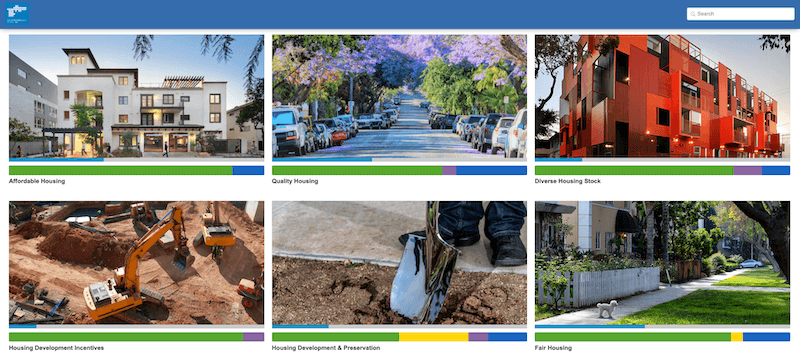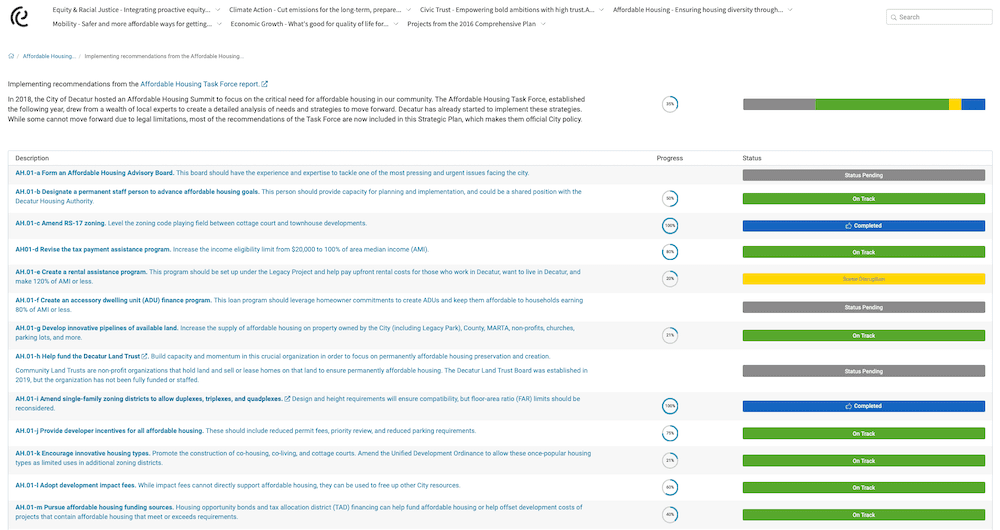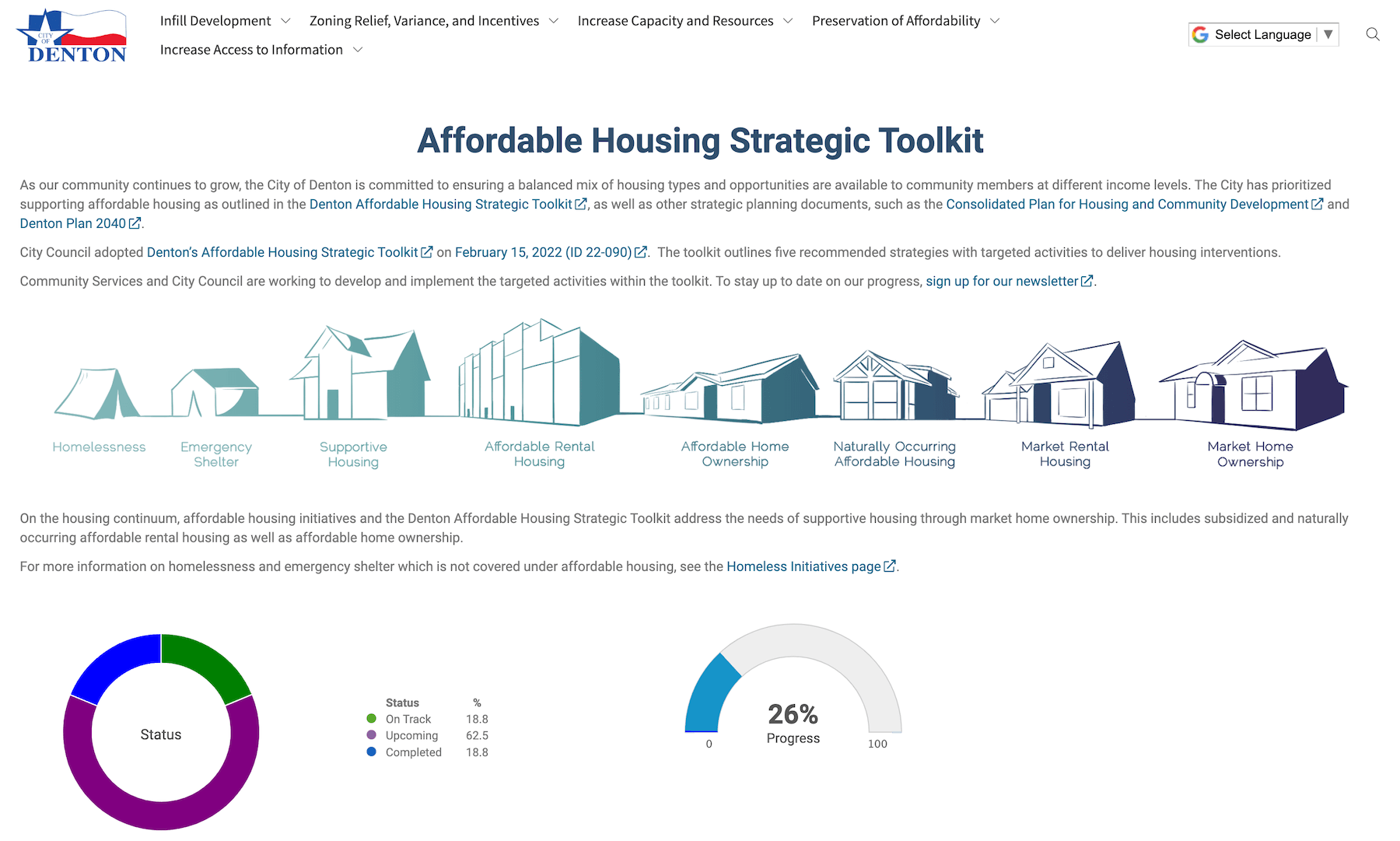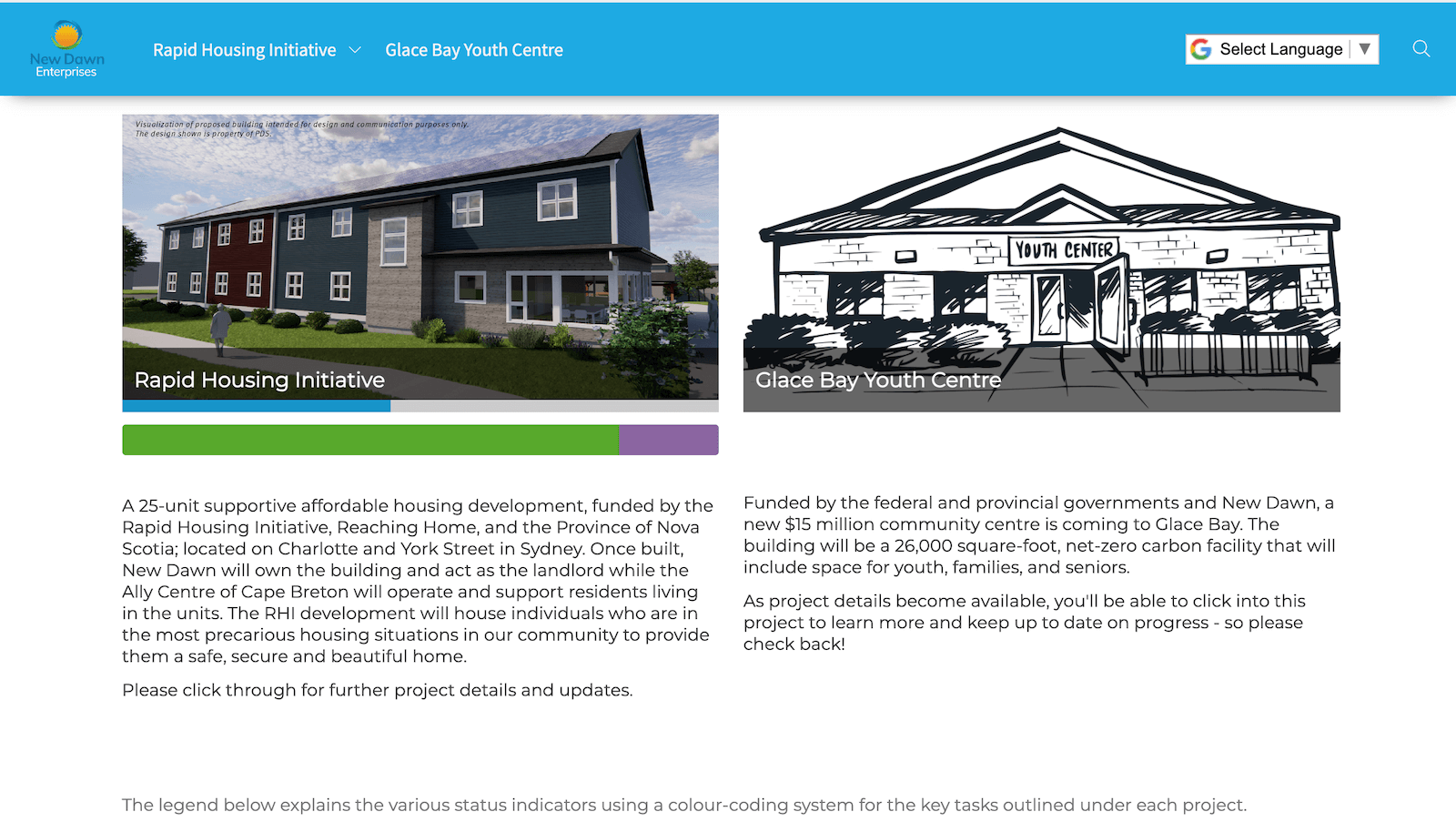Contents
Affordable housing is a major barrier to achieving economic security, and it has been a growing crisis in North America for decades. Renters in Canada and the United States—and specifically those with low incomes—encounter significant challenges in securing housing. According to the National Low Income Housing Commission, in a report published in 2023, in the United States, there is a deficit of 7.3 million available and affordable rental homes for individuals in the low income demographic, representing an 8 percent increase from 2019. This scarcity is particularly acute for Black, Latinx, and Indigenous households. Data shows that households with extremely low incomes in Nevada, Oregon, Florida, California, Arizona, and Texas experience the most severe housing shortages. Renters in this income brackets also endure severe housing cost burdens when they do get housing: costly repairs, inefficient energy bills, utilities—allocating more than 50 percent of their income to housing expenses.
In Canada, the statistics are similarly striking; 2021 census data indicated that millions of homes in Canada are facing issues such as damage, overcrowding, or unaffordability for their residents. Approximately one in six homes owned by their occupants were deemed unaffordable, in contrast to one in three among homes rented by their occupants.
In the United States, there is a deficit of 7.3 million available and affordable rental homes for individuals in the low income demographic.
Housing is a pressing crisis everywhere, and we have reached a point where leaders are recognizing the critical need for accessible and affordable living options, responding with policies to address housing disparities within their communities.
In this blog post, we will talk about affordable housing plans as a positive trend for local governments, examine examples of affordable housing performance measures and strategic plans from our local government customer base, and take a look at a few affordable housing dashboards. These are all part of affordable housing strategies that local governments might employ to ensure their community is safe, housed, and happy: that’s what we want to see!
Affordable housing plans: Performance measures and strategic goals
Housing is a basic human right, and the cornerstone of vibrant, diverse, and inclusive communities. According to the National Collaborating Centre for Determinants of Health, housing is indeed a determinant of health, woven through a complex network of elements such as affordability, access, availability, habitability, stability, and socioeconomic disparities. A safe place to call home is a major catalyst for improved health, education, and employment outcomes, making it a linchpin for the overall well-being of a community.
In general, when we’re talking about big community goals such as increasing access to housing, being able to break them down and tie them to actions and a budget is key to implementation. To effectively address the affordable housing crisis, local governments must implement robust performance measures alongside their strategic goals. Tracking progress is essential for ensuring that policies are effective and responsive to the evolving needs of the community.
Some key performance measures and strategic goals for affordable housing plans could include:
Affordability Metrics:
- Percentage of income spent on housing by residents.
- Ratio of affordable housing units to the total housing stock.
Inclusionary Zoning Policies:
- Implement and evaluate the success of inclusionary zoning policies to mandate a percentage of new developments as affordable housing.
Community Engagement:
- Measure the level of community engagement and feedback in the development and implementation of affordable housing policies.
Accessibility and Transit-Oriented Development:
- Promote housing developments that are easily accessible to public transportation, reducing residents’ reliance on personal vehicles.
Preservation of Affordable Housing:
- Establish goals for the preservation and rehabilitation of existing affordable housing units.
All of the plans we’ve included here use these performance measures in some capacity, to guide them towards a tangible goal of affordable housing. Let’s take a closer look at a few affordable housing plans and dashboards, and see these strategies in action.









